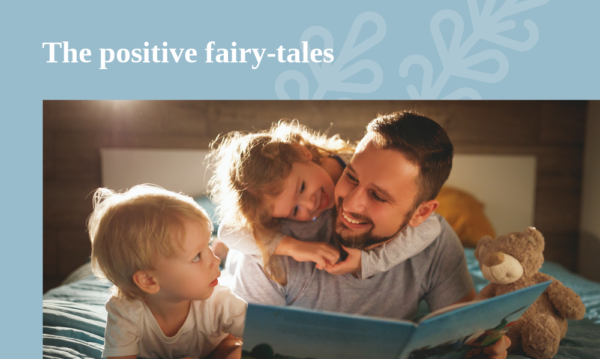One day, I was reading to the children of the school the well-known fairy tale “Hansel and Gretel,” I realized how we create fears in children and familiarize them with the concept of evil and the distinction between the beautiful and the ugly, the good and the bad and so on. In particular, the fairy tale used the following characterizations for the “bad” heroes of the story: “get up lazy,” “bad children,” “the wicked stepmother,” “an ugly old lady,” “a wicked witch who ate children,” etc.
In almost all classic fairy tales, the concept of evil is strongly projected, with characters presented and described in significantly negative words and disparaging ways. The stereotype of bad – ugly, as opposed to good – beautiful or dead (good) father and bad stepmother, is particularly displayed. At the same time, cannibalism is considered perfectly normal (e.g., in the fairy tale “Hansel and Gretel” where the “evil” witch wants to eat children). Why would we put all this evil so early on in the souls of young children? Indeed the world is not angelically made, but why not teach children how to seek the good side within people? Why should we teach children to judge and reject or accept people according to their external appearance and not what is in their souls? Why can’t we learn from young children the love they so generously and chastity offer?
And our children can build from the beginning a better world based on love and peace if we stop reproducing the model of our society that promotes evil in all areas of everyday life.


